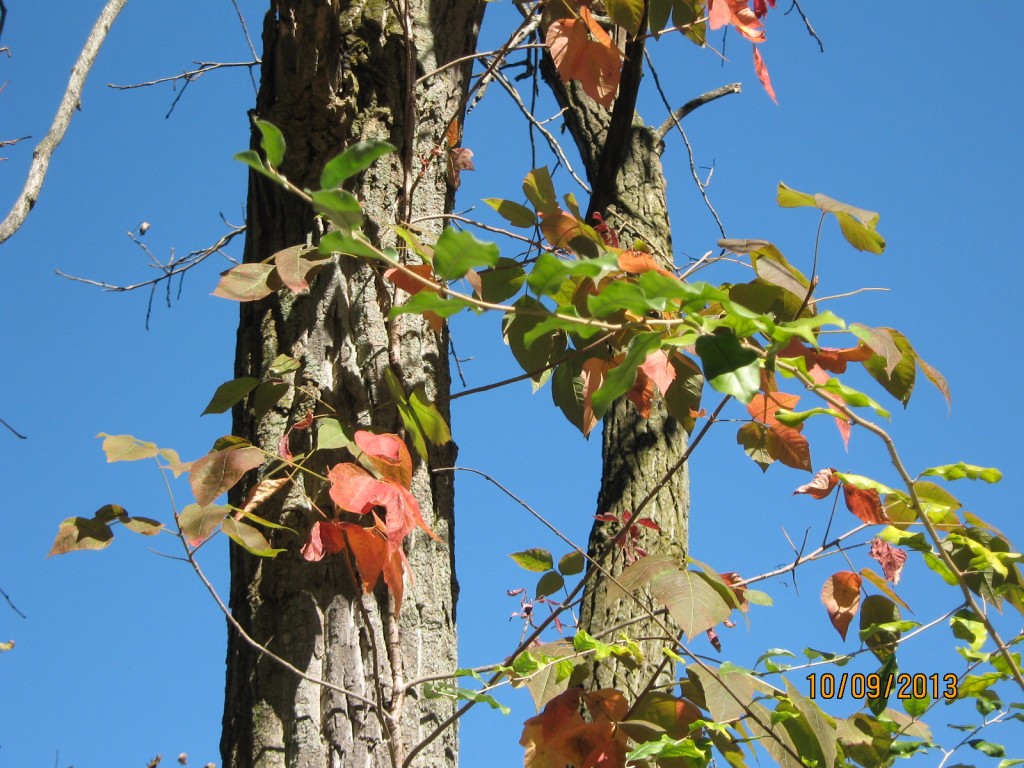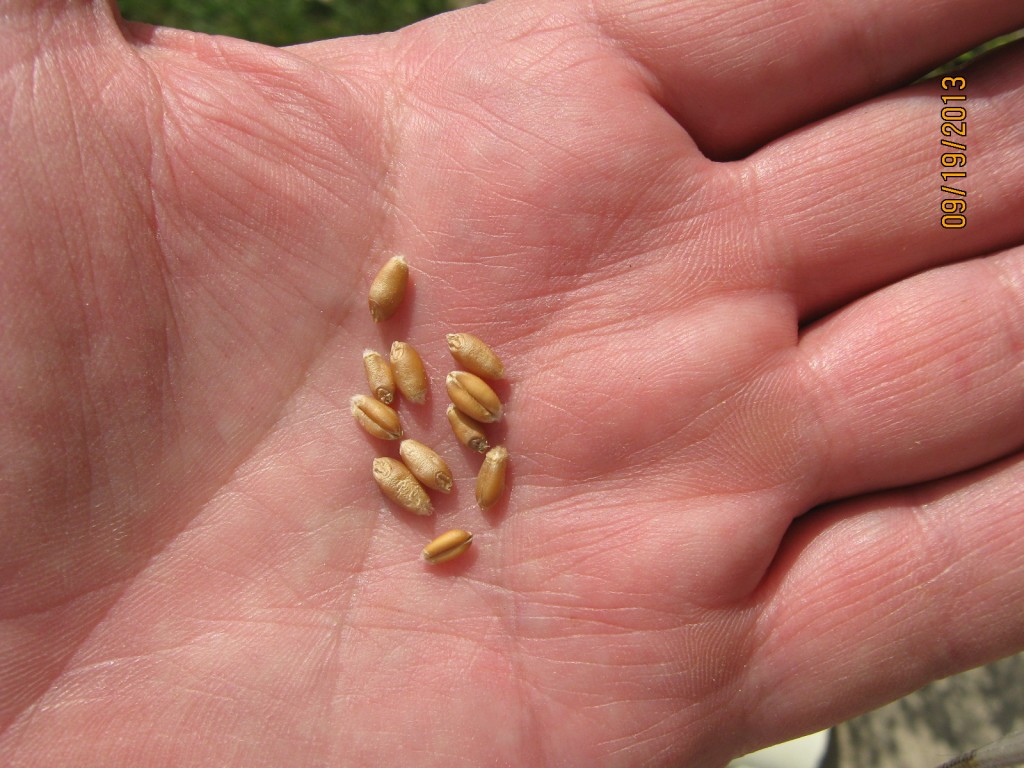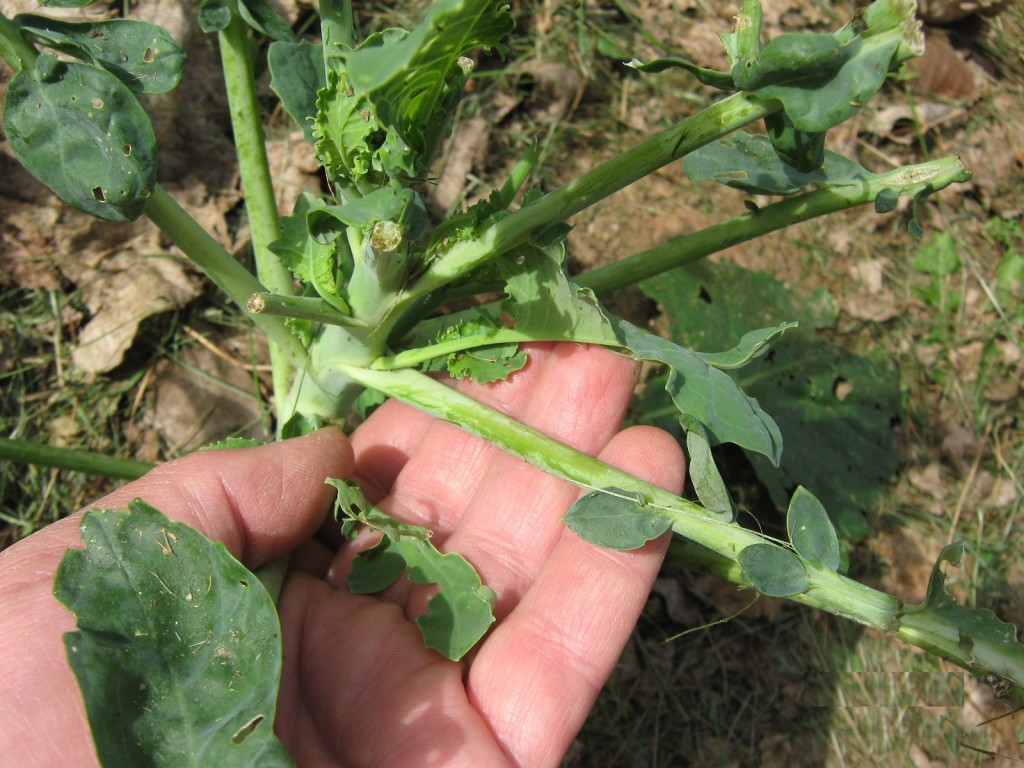The fall color season is nearing its peak. It’s a beautiful time of the year to be outside watching the leaves turn a little bit each day.
Collecting those leaves is a lot of fun too whether you use them for decorating or for helping your kids make that time honored school project, a leaf collection.
Many people use leaves they’ve collected from fall color tours or from their own backyard to decorate their homes.
Once you collect leaves and bring them indoors, they’ll easily hold their vibrant colors until Thanksgiving.
Be careful though not to bring a health risk into your home. Poison ivy could be lurking among your hand-collected decorating materials.

Poison ivy turns a brilliant red color in the fall. This poison ivy vine is just beginning to turn color.
Poison ivy vines are often found growing up tree trunks and even on sides of buildings. In the fall, it produces one of our most brilliantly colored leaves. It’s bright-red autumn leaves are very attractive and would make wonderful indoor decorations except for one thing — they are still poisonous!
Every year I hear of someone “catching poison ivy” in the late fall even though they claim they have never been anywhere near the stuff. Many times their poor dog or cat is blamed for coming into contact with poison ivy and bringing it in on their fur when, in fact, it is the owner’s leaf decorations that are to blame.
To avoid bringing in poison ivy, learn how to identify it. The old saying “leaflets three, let it be” holds true even in the fall. Before picking up an unidentified leaf, take a few seconds to look for nearby vines climbing up trees or walls.
Virginia creeper, on the other hand, looks similar to poison ivy but it has five leaflets instead of three. Virginia creeper is harmless.
Be wary if that bright red leaf is not something you can easily identify before you add it to your table’s centerpiece.
Bob

